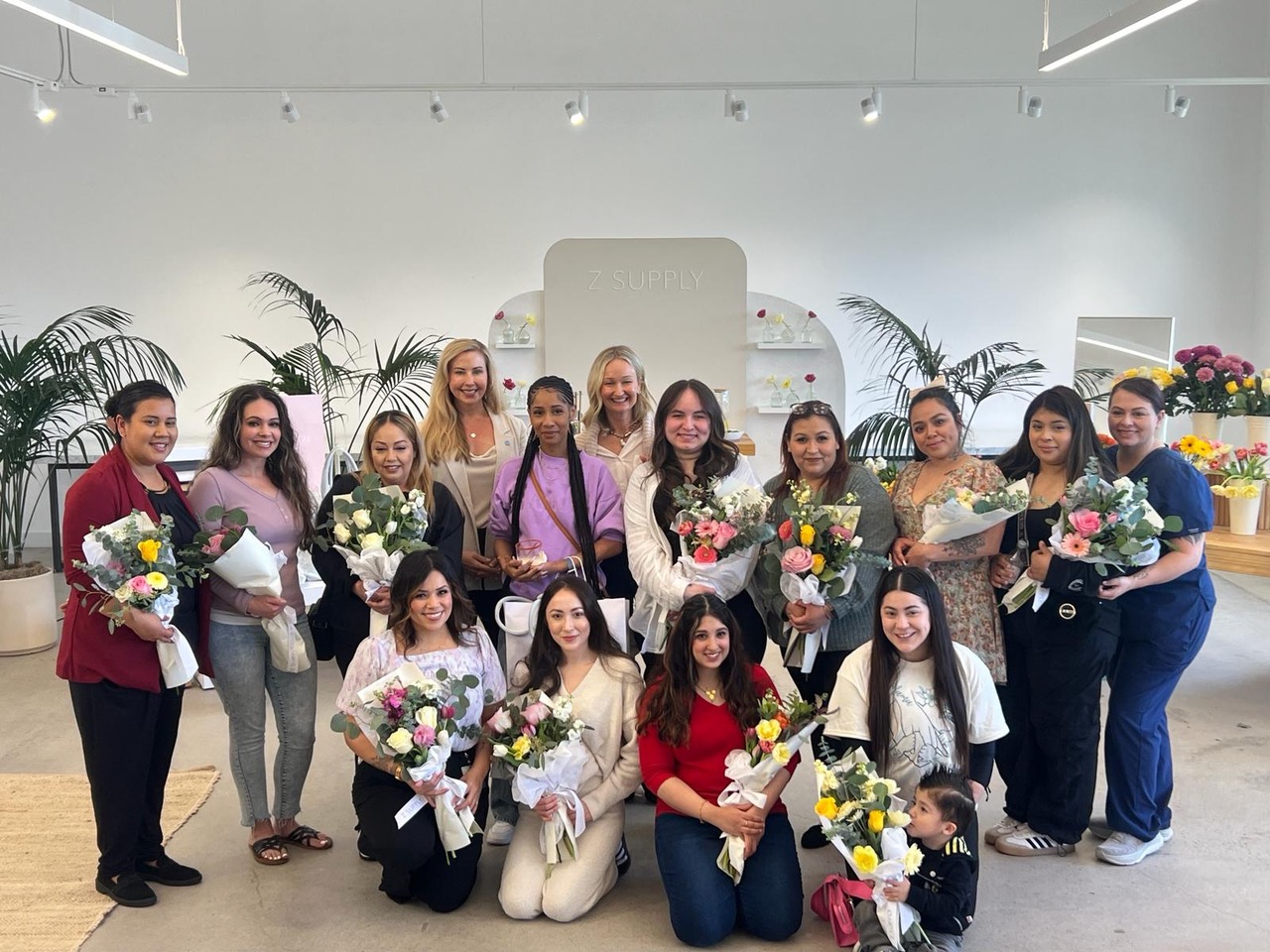At the turn of the 20th Century class structures were clear, the signs and symbols of a person’s status were instantly recognisable. The aristocracy were kitted out head-to-toe in tailoring using silks and fine fabrics. The attire of the lower classes was a single set of rags that were only taken off on rare wash days. All very straight forward.
Not so today. Brands stand for something; we use them as expressions of our identity and to position ourselves within a social and stylistic milieu.
And a result of a late mass-consumerist environment is the breakdown of rigid structures and the old codes of social class.
The concept of mix and match is a trend and a stylistic expression. This style pastiche which juxtaposes high street and high-end, or throws together tailoring and casual, is everywhere. Celebrities and style leaders get papped wearing designer jewellery with budget jeans. GAP and Monsoon advertise alongside luxury brands in glossy magazines.
What does it mean for the world’s true purveyors of luxury? Surely it can only erode hard earned brand equity, built up over many years?
Luxury brands have had to evolve and challenge traditional viewpoints to survive – as demonstrated by the dearth of collaborations between fashion houses and high street stores. The ultimate perhaps being H&M and Versace, two brands at the opposite end of the scale coming together for a seemingly discordant union.
I understand the rationale for this polarised marriage – a profitable union of strong brand equity and mass distribution – but what in fact does it mean for the original luxury consumer? What about the customers whose wallets made Versace what it is; how is their desire for authenticity, quality and exclusivity affected by such a collaboration? Can they still see Versace as a credible brand that satisfies these needs?
Of course these brand tie-ups sometimes end in disaster, albeit for different reasons. The Swatch and Tiffany engagement has ended in an undignified (and expensive) squabble.
Luxury brands leverage heritage, craftsmanship and tradition for continued loyalty among their target market. Trends come and go, but these values are what lie at the heart of a genuine luxury brand. Luxury brands creating a ‘mass-tige’ category in order to expand or even survive is nothing new. Almost every luxury brand has an entry level products. But sadly this category is growing and becoming ever more detached from the heritage and founding principle of the luxury brand.
Luxury brands are devising new ways to resonate with the higher tier, their original advocates, but are these efforts enough?
It’s true that there is a new emphasis on the luxury ‘experience’ that can’t be replicated other than for the privileged few. Bespoke, made to order and one-of-a-kind pieces are the order of the day for the super-rich. In this sense, we come full circle. As with the aristocracy with their wardrobe of tailored, one-off pieces, these customers want items made only for them as individuals.
Striking the balance between maximising revenue and retaining your brand equity is extremely delicate. Too much exposure and accessibility could be dangerous: if a brand’s most expensive products are no longer desirable by those at the top end, then it stands to reason that the ‘mass-tige’ category automatically collapses in on itself too. It’s vital that equal focus is placed on courting the demographic that helped create the brand in the first place. But all too often these brands are starting to lose their resonance with the once loyal, but now slightly disillusioned genuine luxury customer.














